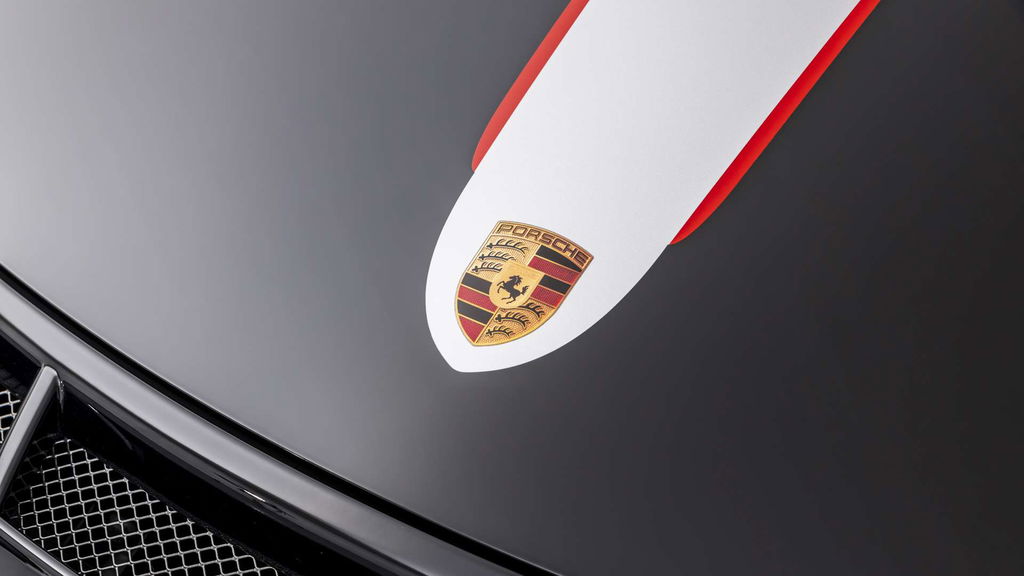The Porsche 911 (997) GT3 RS 4.0
From the Porsche press release 2011: With the 911 GT3 RS 4.0, one of the most popular, coveted and successful production racing cars of the Dr. Ing. hc F. Porsche AG, Stuttgart, on the home straight. The 911 GT3 RS 4.0, limited to 600 vehicles, combines all the characteristics in a road vehicle that have made the Porsche 911 GT3 a serial winner on the race track. The new model brings thoroughbred motorsport technology to its core. The crankshaft of the boxer engine was taken unchanged from the six-cylinder engine of the 911 GT3 RSR, the connecting rods of the forged pistons are made of titanium. The four-litre sports engine, the largest 911 series engine of all time, is also the most powerful naturally aspirated engine with 125 hp/litre (92 kW). It reaches its maximum output of 368 kW (500 hp) at 8,250 rpm. The engine delivers its maximum torque of 460 Newton meters at 5,750 rpm.
The 911 GT3 RS 4.0 offers truly impressive driving performance. The most meaningful number: It completes the circumnavigation of the Nürburgring-Nordschleife in 7:27 minutes. The 911 GT3 4.0, which is only available with a six-speed sports transmission, sprints from a standing start to 100 km/h in 3.9 seconds, while its transmission designed for the race track takes it to 200 km/h in under 12 seconds. The outstanding driving dynamics of the 911 GT3 RS 4.0 are the result of carefully coordinated details. In addition to the use of racing-typical chassis components, weight reduction is also of the utmost importance. Due to the standard equipment with lightweight components such as bucket seats, bonnet and front fenders made of carbon fiber, plastic rear windows and weight-optimized carpets, the ready-to-drive weight of the two-seater is only 1,360 kilograms with a full tank. At 2.72 kg/hp, the power-to-weight ratio of the 911 GT3 RS 4.0 falls below the magic limit of 3 kilograms per hp. The limited 911 is painted white as standard and its dynamic appearance underscores its closeness to racing. Characteristic are the wide track, the low vehicle position, the large rear wing with adapted side plates, the typical central double tailpipe and the aerodynamically optimized body. The lateral front air deflectors, so-called flics, which are being used for the first time in a production Porsche, are evidence of the aerodynamic precision work. They ensure increased downforce on the front axle and, together with the steeply angled rear wing, bring the vehicle into aerodynamic balance. The result: At top speed, the aerodynamic forces push the 911 GT3 RS 4.0 onto the road with an additional 190 kilograms.













































